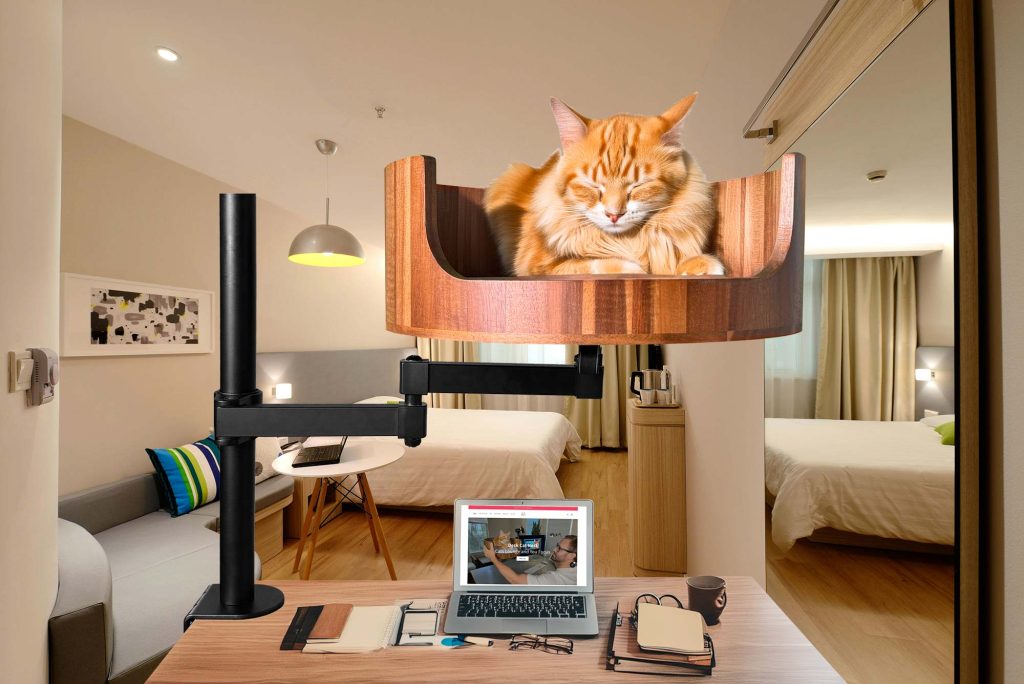Is your beloved feline companion constantly sneezing, scratching, or experiencing watery eyes? If so, your cat may be suffering from allergies. Just like humans, cats can develop allergies to a variety of substances, from pollen and dust to certain foods. Understanding feline allergies is crucial in order to provide your cat with the proper care and treatment they need to alleviate their symptoms and improve their quality of life.
In this article, we will delve into the world of feline allergies, exploring the common triggers, symptoms, and treatment options available for your cat. From environmental allergies to food sensitivities, we will break down the different types of allergies that can affect your furry friend and provide helpful tips on how to manage and minimize their symptoms. By gaining a deeper understanding of feline allergies, you will be better equipped to help your cat lead a happy and healthy life free from the discomfort of allergic reactions.
1. Feline allergies can be caused by a variety of factors, including food, environment, and genetics.
2. Common symptoms of feline allergies include itching, skin irritation, sneezing, and digestive issues.
3. Diagnosis of feline allergies may require a visit to the veterinarian for testing and evaluation.
4. Treatment options for feline allergies may include medication, dietary changes, and environmental modifications.
5. Understanding and managing your cat’s allergies is essential for improving their quality of life and overall health.
Types of Feline Allergies
Feline allergies can be categorized into three main types: flea allergy dermatitis, food allergies, and environmental allergies. Flea allergy dermatitis occurs when a cat has an allergic reaction to flea saliva, causing intense itching and skin irritation. Food allergies can manifest as gastrointestinal issues, skin problems, or respiratory symptoms like sneezing or coughing. Environmental allergies, also known as atopy, can be triggered by pollen, dust mites, mold, or other environmental factors.
Symptoms of Feline Allergies
Symptoms of feline allergies can vary depending on the type of allergy and the individual cat. Common signs of allergies in cats include itching, scratching, licking excessively, hair loss, red or inflamed skin, sneezing, coughing, vomiting, diarrhea, and ear infections. If your cat displays any of these symptoms, it is essential to consult with a veterinarian to determine the underlying cause of the allergies.
Diagnosing Feline Allergies
Diagnosing feline allergies can be challenging, as symptoms can overlap with other health conditions. Your veterinarian may perform a physical examination, allergy testing, blood tests, or elimination diet trials to pinpoint the specific allergen causing your cat’s symptoms. Keeping a detailed record of your cat’s symptoms and any potential triggers can also help in the diagnostic process.
Treatment Options for Feline Allergies
Treatment options for feline allergies may include medications, such as antihistamines, steroids, or allergy shots, to manage symptoms. In cases of flea allergy dermatitis, flea control products may be recommended to prevent future infestations. For food allergies, switching to a hypoallergenic diet can help alleviate symptoms. Environmental allergies may require environmental modifications, such as keeping the living space clean and minimizing exposure to potential allergens.
Preventing Feline Allergies
While some feline allergies are unavoidable, there are steps you can take to minimize the risk of allergies in your cat. Keeping your cat’s living area clean, implementing flea prevention measures, feeding a balanced diet, and minimizing exposure to potential allergens can help reduce the likelihood of allergic reactions. Regular veterinary check-ups and proactive management of allergies can also improve your cat’s quality of life.
Frequently Asked Questions for Desk Cat Nest
How can the Desk Cat Nest help with my cat’s allergies?
The Desk Cat Nest is made of hypoallergenic material that is resistant to dust mites and other allergens. By providing a clean and cozy space for your cat to rest, the Desk Cat Nest can help reduce your cat’s exposure to allergens that may be causing their allergies.
Is the Desk Cat Nest easy to clean?
Yes, the Desk Cat Nest is designed for easy cleaning. The removable cushion can be machine washed, and the rest of the nest can be wiped down with a damp cloth. Regular cleaning can help prevent the buildup of allergens that may exacerbate your cat’s allergies.
Will my cat like the Desk Cat Nest?
Most cats enjoy the soft and comfortable feel of the Desk Cat Nest, and the enclosed design provides a sense of security that many cats find comforting. However, every cat is unique, so it may take some time for your cat to adjust to their new sleeping spot.
Can the Desk Cat Nest accommodate cats of all sizes?
The Desk Cat Nest is designed to accommodate cats of various sizes, but larger cats may find it more comfortable to have a bit more room to stretch out. It’s best to measure your cat and compare it to the dimensions of the Desk Cat Nest to ensure a good fit.
In conclusion, if your cat suffers from allergies, the Desk Cat Bed is a valuable choice that can provide relief and comfort. By providing a designated space for your cat to rest and sleep, this bed can help reduce exposure to allergens while also offering a cozy and secure place for your furry friend to relax. With its durable design and easy-to-clean materials, the Desk Cat Bed is a practical and beneficial solution for cat owners seeking to alleviate their pet’s allergy symptoms. Make the switch to the Desk Cat Bed today and give your cat the comfort and support they need to thrive.


